You want to learn more about the genetics of all the colors and patterns in a dog’s coat? The first thing you should learn is to tell apart the two different types of pigment found in our dog’s coat.
Pigment is what gives a dog’s coat its unique color, but it also affects the eye color, nose color, and skin pigment of our dogs. And the distribution of pigment types eventually determines a coat’s pattern.
Dogs only have two types of melanin: eumelanin (black) and phaeomelanin (red).
Some genetic traits can affect the colors of these pigments, of course.
But when we talk about black pigment, we always mean eumelanin.
And when we talk about red pigment, we always mean phaeomelanin.
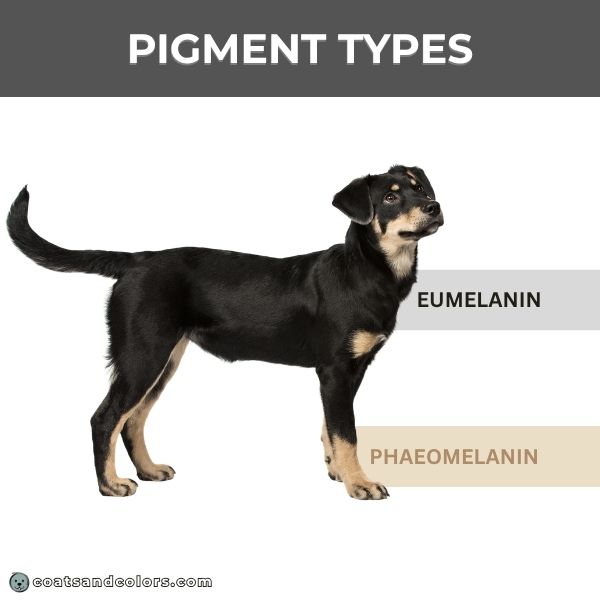
Content
Eumelanin
Eumelanin is a black pigment.
Some genes can modify the color of eumelanin from black to other colors:
- The B-Locus controls if the dog has the building plan for normal black eumelanin. If he lacks this information he can only produce brown eumelanin. Btw, if we talk about “brown” in terms of color genetics, we only ever mean the rich chocolate or liver color found in Labradors, for example.
- The D-Locus helps to distribute the pigment evenly in its hairs. If this information is missing, the pigment will clump together and appear “diluted”. Diluted black is called blue, diluted brown is lilac.
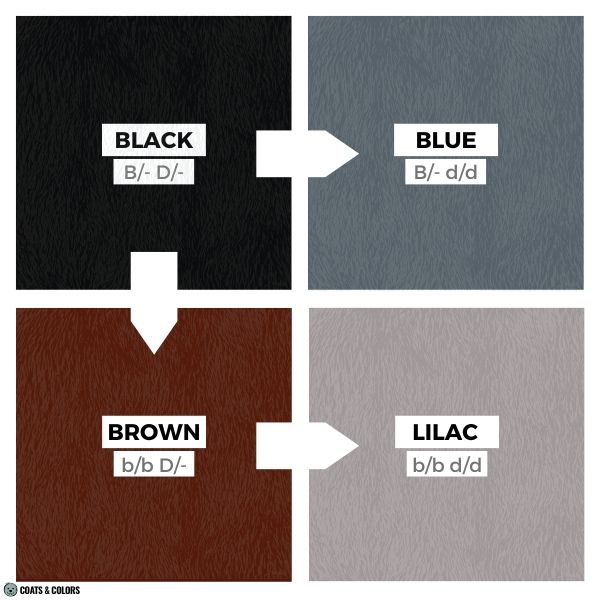
All of these dogs are solid eumelanic, one for each possible base color of eumelanin:
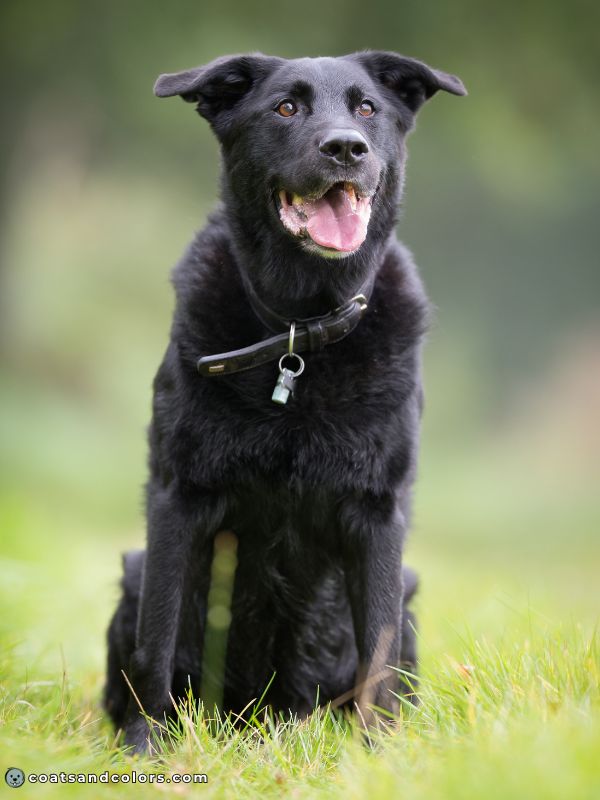

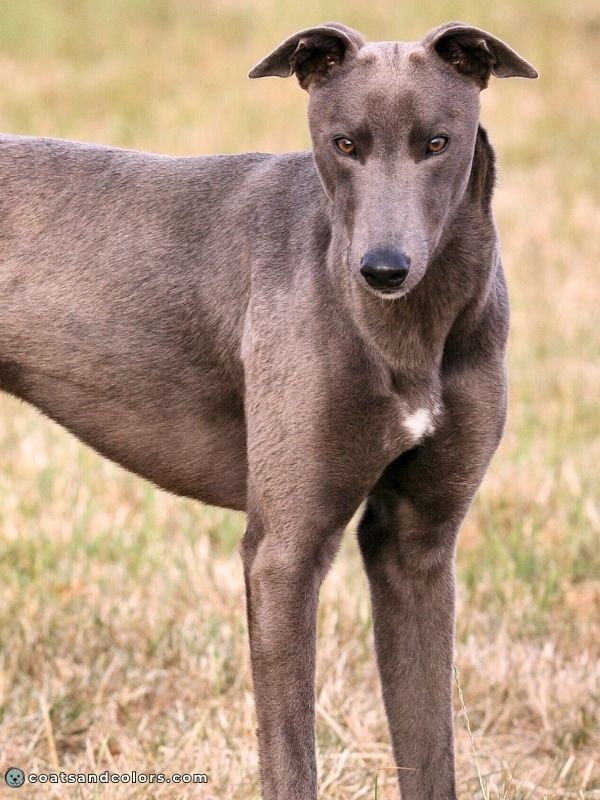
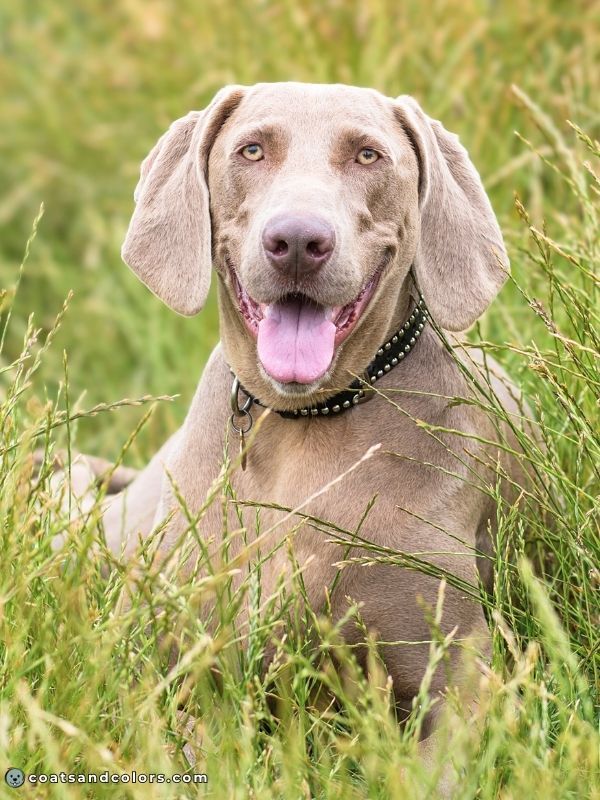
But eumelanin does not only dye all or some of your dog’s coat a certain color.
It is also the pigment type that we see in a dog’s eye color or nose pigment.
All areas of the dog’s coat that get their color from eumelanin (including the nose, eye rims, lips, nails, etc.) are always either black, brown, blue, or lilac, depending on the dog’s genotype.
- A dog with a black-based pattern (B/- D/-) has a black nose.
- A dog with a brown-based pattern (b/b D/-) has a chocolate brown nose.
- A dog with a blue-based pattern (B/- d/d) has a slate gray nose.
- A dog with a lilac-based pattern (b/b d/d) has a pale brown nose.

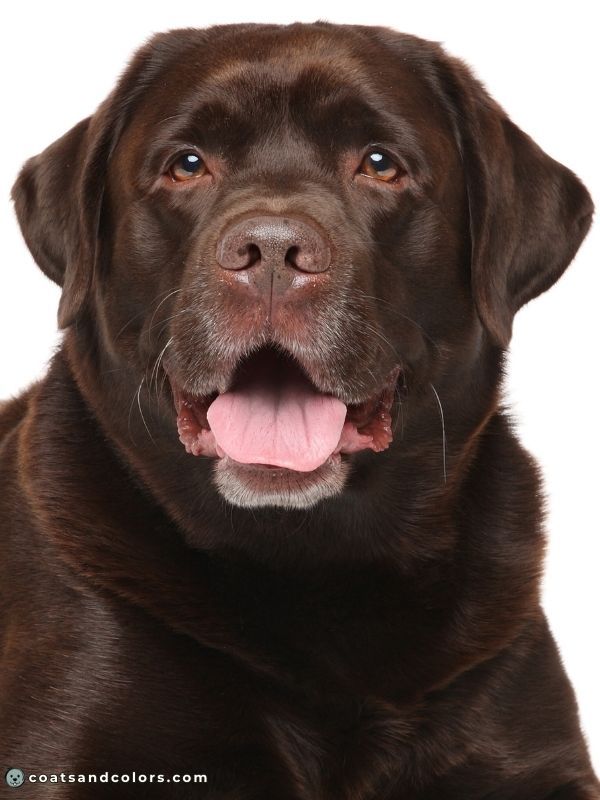
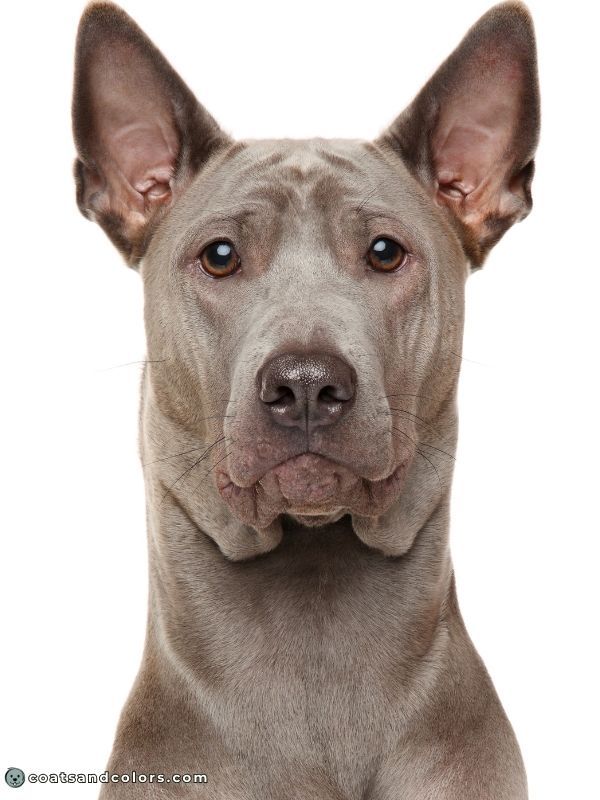
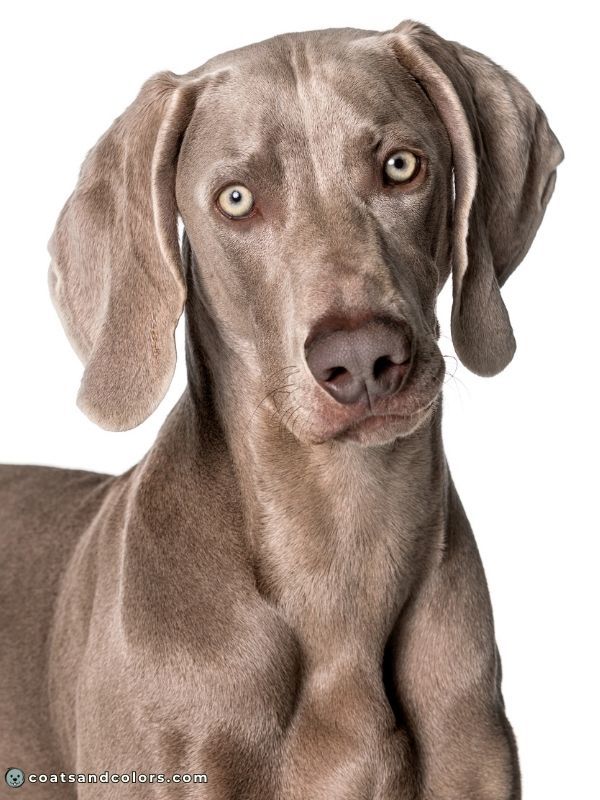
Even if you can’t see any eumelanin in a dog’s coat at all (e.g. in solid yellow or white dogs), you can often determine the eumelanin base color just by looking at the dog’s nose leather.
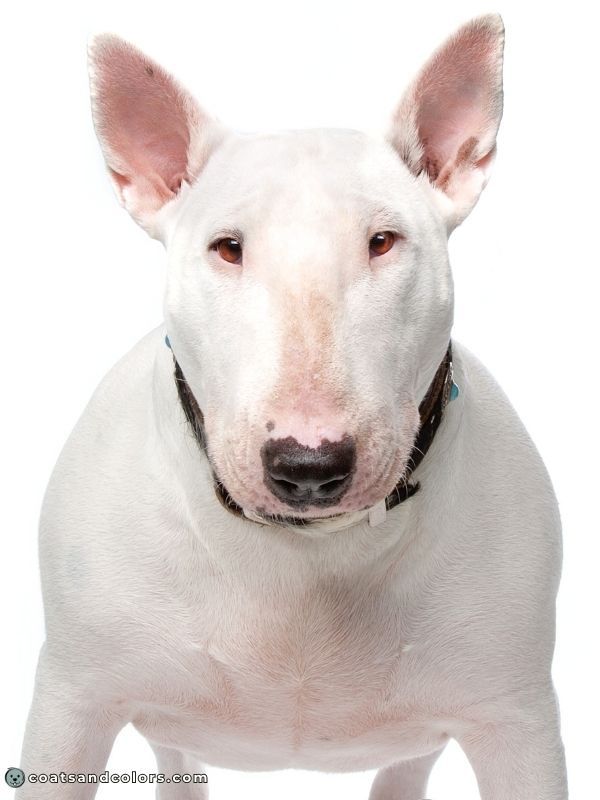
We often describe a dog’s coat color in terms of its eumelanin color. When talking about coat colors, we say things like “black-and-tan“, chocolate Merle“, “blue brindle“, “lilac fawn“, etc.
But how does eumelanin work on a patterned dog?
All the visible eumelanin on the same dog will always be either black, brown, blue, or lilac!
- A dog with a black-based pattern will express only black eumelanin in its coat.
- A dog with a brown-based pattern will express only brown eumelanin in its coat.
- A dog with a blue-based pattern will express only blue eumelanin in its coat.
- A dog with a lilac-based pattern will express only lilac eumelanin in its coat.
Eumelanin base colors affect brindle striping, masks, dark sabling, hair banding, dark saddles, or any other dark markings a dog might have.
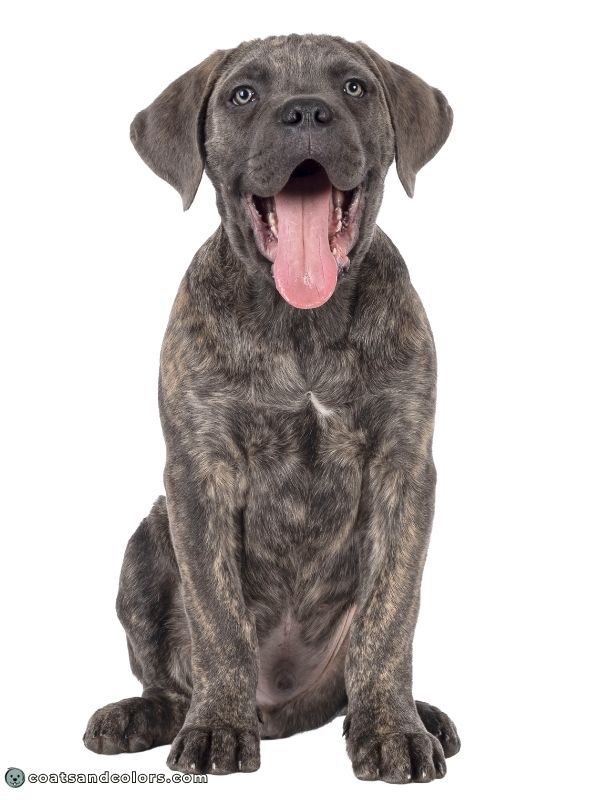
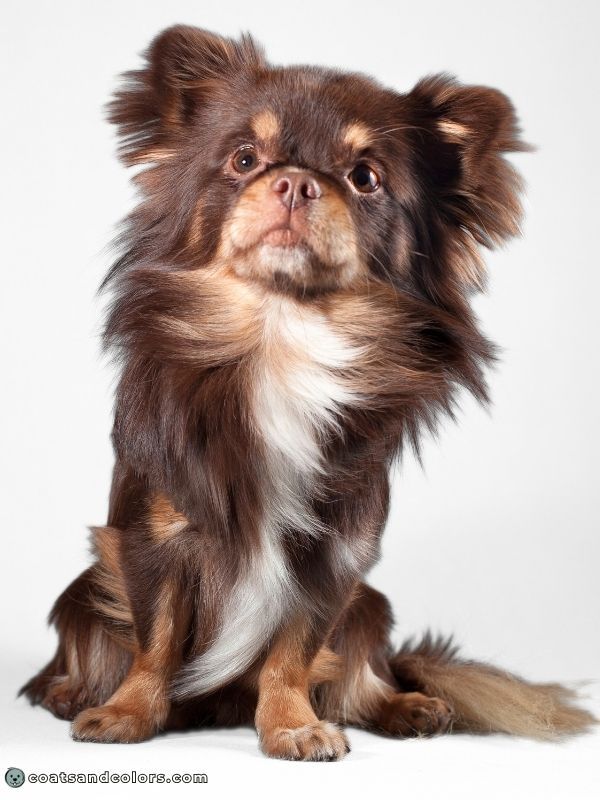
Since all the eumelanin on the same dog has the same color you will never find a black-based pattern with a nose color different than black. Or a brown-based pattern with a nose color other than brown.
If the eumelanin color in the coat doesn’t seem to match the eumelanin color of the nose on the same dog, something different might be going on such as graying, merle, seal, domino, etc.
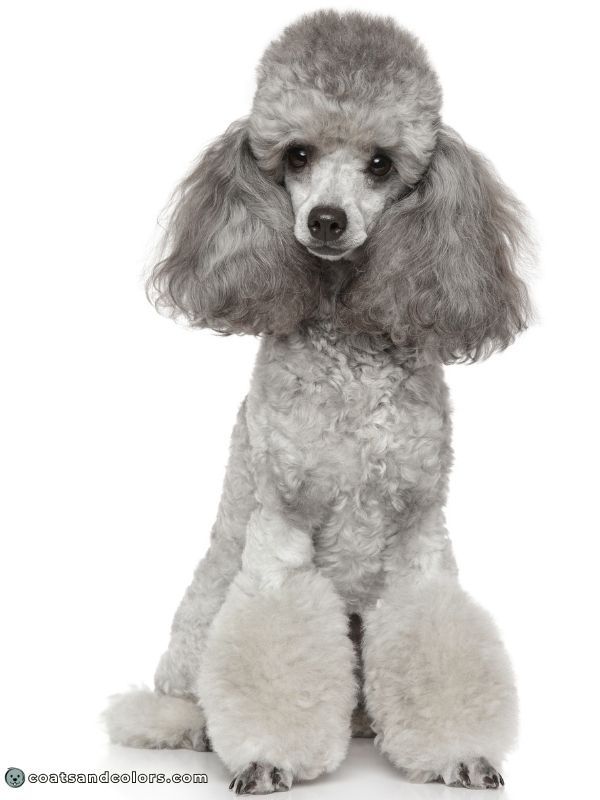
Phaeomelanin
The second type of pigment in our dog’s coats is called phaeomelanin.
Phaeomelanin is often called the yellow pigment or red pigment. But this pigment can have any shade from white through blonde or orange to deep red mahogany or chestnut.

Instead of distinct colors like eumelanin (black, liver, blue, or lilac), phaeomelanin operates more on a gradual scale. Depending on red intensity, many different shades are possible.
Sometimes we can even find different shades of phaeomelanin in one and the same dog, e.g. darker pigment around the ear rims or countershading with lighter markings on the dog’s belly.
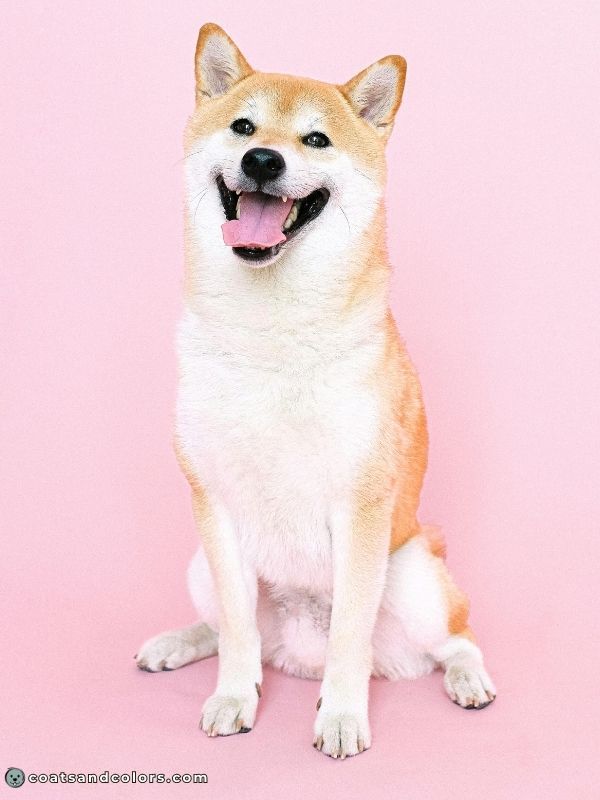

Btw, the shade of a dog’s phaeomelanin does not affect the color of its eyes, skin, or nose. As we just learned, the color of the skin and nose is solely caused by the color of a dog’s eumelanin.
Dogs with a solid white, yellow, or red coat don’t express any eumelanin in their coat. You have to inspect their nose color to identify the base color of their eumelanin.

White
Although all the pigmented patches in a dog’s coat get their color either from eumelanin or phaeomelanin or both, there is a third “color” a dog can have.
A lack of pigment causes the coat to simply remain white.
And very many dogs show a partial lack of pigmentation due to piebald or whitehead phenotype.
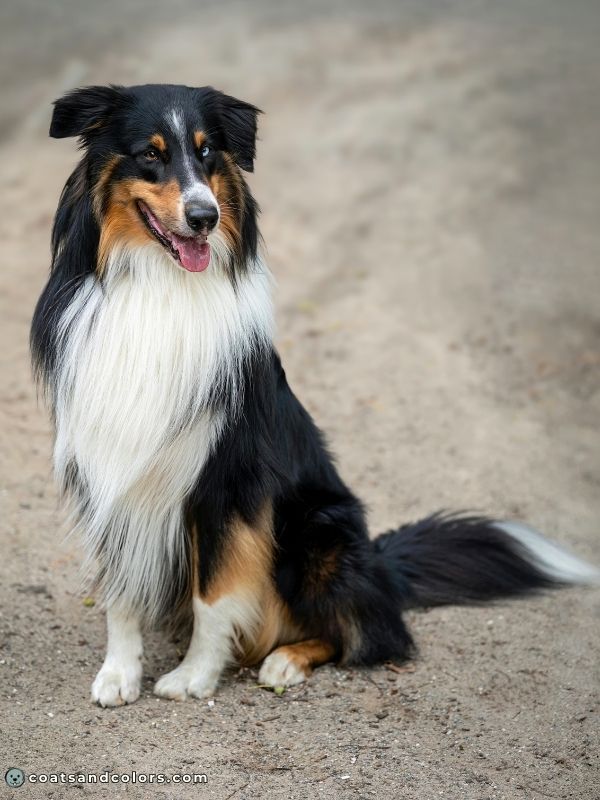
The missing pigment can in some cases extend to the skin and eye color. For example, it can cause pink eye rims, pink patches on the nose (aka butterfly nose), or blue eyes.
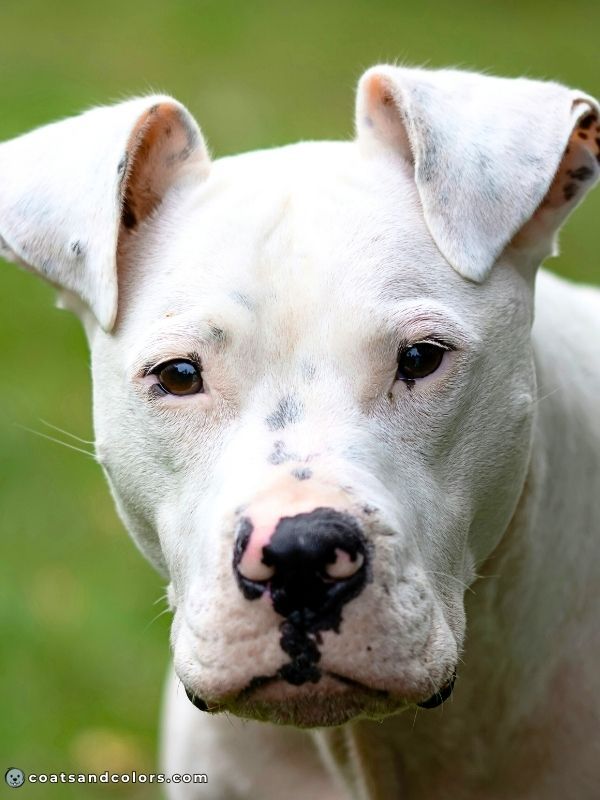
But not every white dog really lacks pigmentation!
As you just learned, phaeomelanin can sometimes have a very, very light intensity and turn a dog off-white with maybe only the slightest sheen of ivory color on the ears or not even that.
The difference is that many white breeds and varieties like white Poodles, Maltese, Samoyeds, or Westies are actually well-pigmented. Their phaeomelanin just has a very light cream or off-white color.

The big difference between a very light pigment density and a truly white dog is that dogs with a pale phaeomelanin intensity don’t actually lack pigment in their coat.
Breeds with a light red intensity don’t suffer the same consequences as breeds with extreme white spotting. They are not as sensitive to sunburn, they don’t get blue eyes, and they are not at risk for congenital deafness compared to truly extreme white dogs.
Pigment Patterns
In every hair follicle, there are pigment cells, the melanocytes, which form pigments and transfer them to new hairs. All the different colors and patterns in our dog’s coat are produced by either eumelanin or phaeomelanin and its various possible colors. A lack of either type of melanin gives white hairs.
Some dogs only have one type of pigment in their coat.
Some dogs are solid black, blue, brown, or lilac.
Their pigment cells only produced eumelanin (due to either dominant black or recessive black).
Some dogs are solid red, yellow, or off-white.
Their pigment cells only produced phaeomelanin (due to clear sable or recessive red).
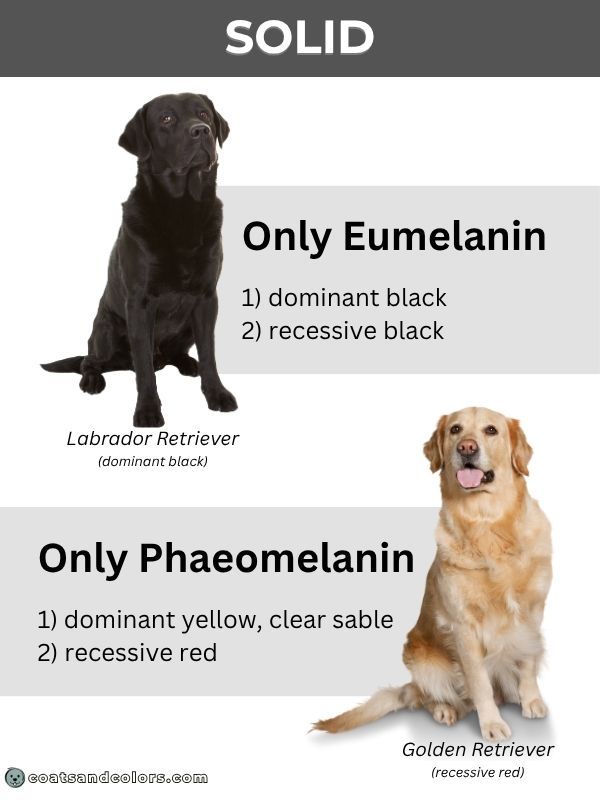
But of course, many dogs have a coat with both types of pigment (and some with white markings).
All the base patterns are controlled by whatever gene variants a dog inherited on its K-Locus, E-Locus, and A-Locus and their interaction in controlling pigment distribution.
In some patterns, the change from one pigment type to the other follows a spatial pattern with defined edges between the different pigment types, e.g. in brindle, a mask, or black-and-tan.

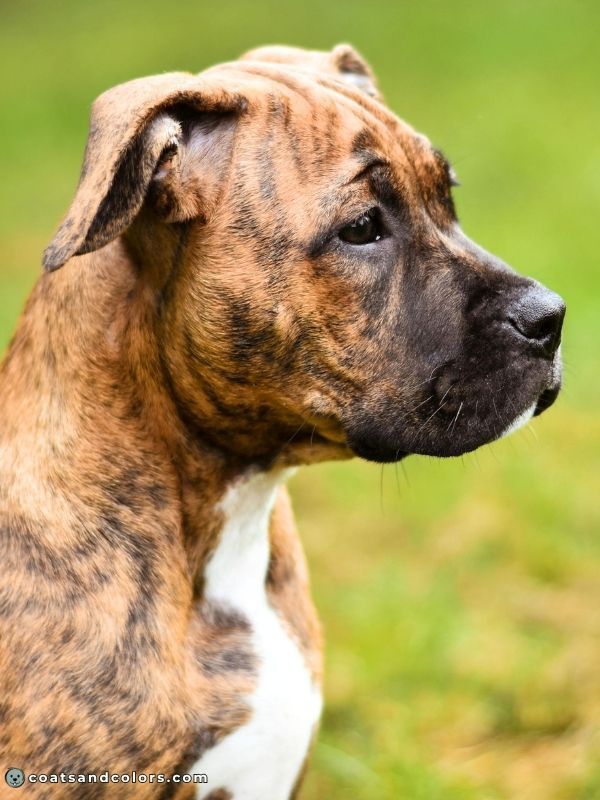
In some patterns, the switch from one pigment to the other happens in single hairs during hair growth. This leads to hair banding (common in agouti) or hair tipping (common in sable).

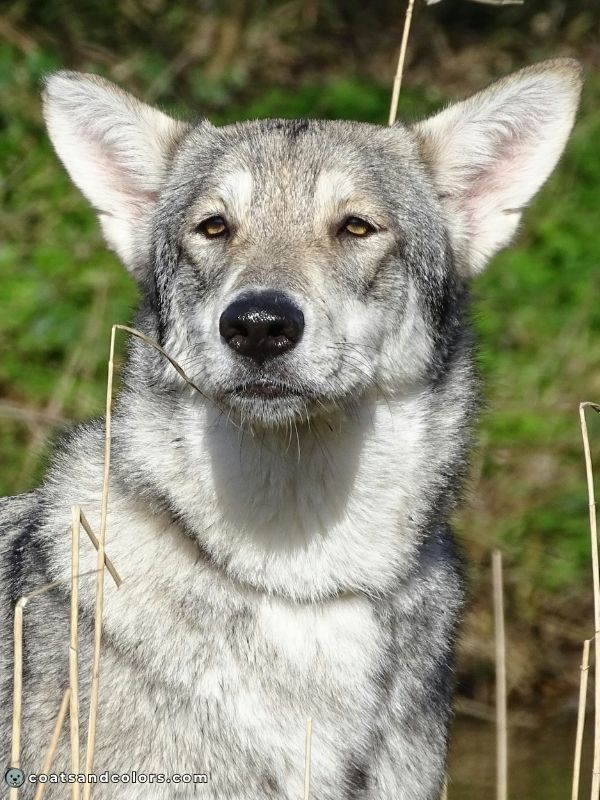
Noteworthy: In many breeds, we find many purely descriptive terms that can get quite odd or imaginative like phantom (Poodle term for tan points) or dapple (Dachshund term for merle).
These breed-specific terms for coat colors can be a little puzzling for beginners. Please remember that traditional names for some colors are rarely based on coat color genetics.
I know this can be confusing at first. But understanding the types of pigment and their effect on a dog’s color is a great starting point. And essential for understanding dog color genetics.
Continue here if you feel ready for some genetics basics.
Learn More
Credits
© BrindleBerry/canva.com
© Bigandt_Photography/canva.com
© White_bcgrd/canva.com
© Valster15/canva.com
© CBCK-Christine/canva.com
© fotojagodka/canva.com
© Liliya Kulianionak/canva.com
© fotojagodka/canva.com
© fotojagodka/canva.com
© GlobalP/canva.com
© Eriklam/canva.com
© katamount/yayimages.com
© fotojagodka/canva.com
© Anna Shvets/pexels.com
© Victoria Fischer/unsplash.com
© xyom/canva.com
© Gundula Vogel/pexels.com
© Michael Anfang/unsplash.com
© Anmfoto/canva.com
© dpcrestock/yayimages.com
© Magone/yayimages.com
© Matthew Smith/canva.com
© Billion Photos/canva.com
© DSD/pexels.com
© Alexas Fotos/pexels.com
© Pauline Loroy/unsplash.com
© Aldo Houtkamp/unsplash.com
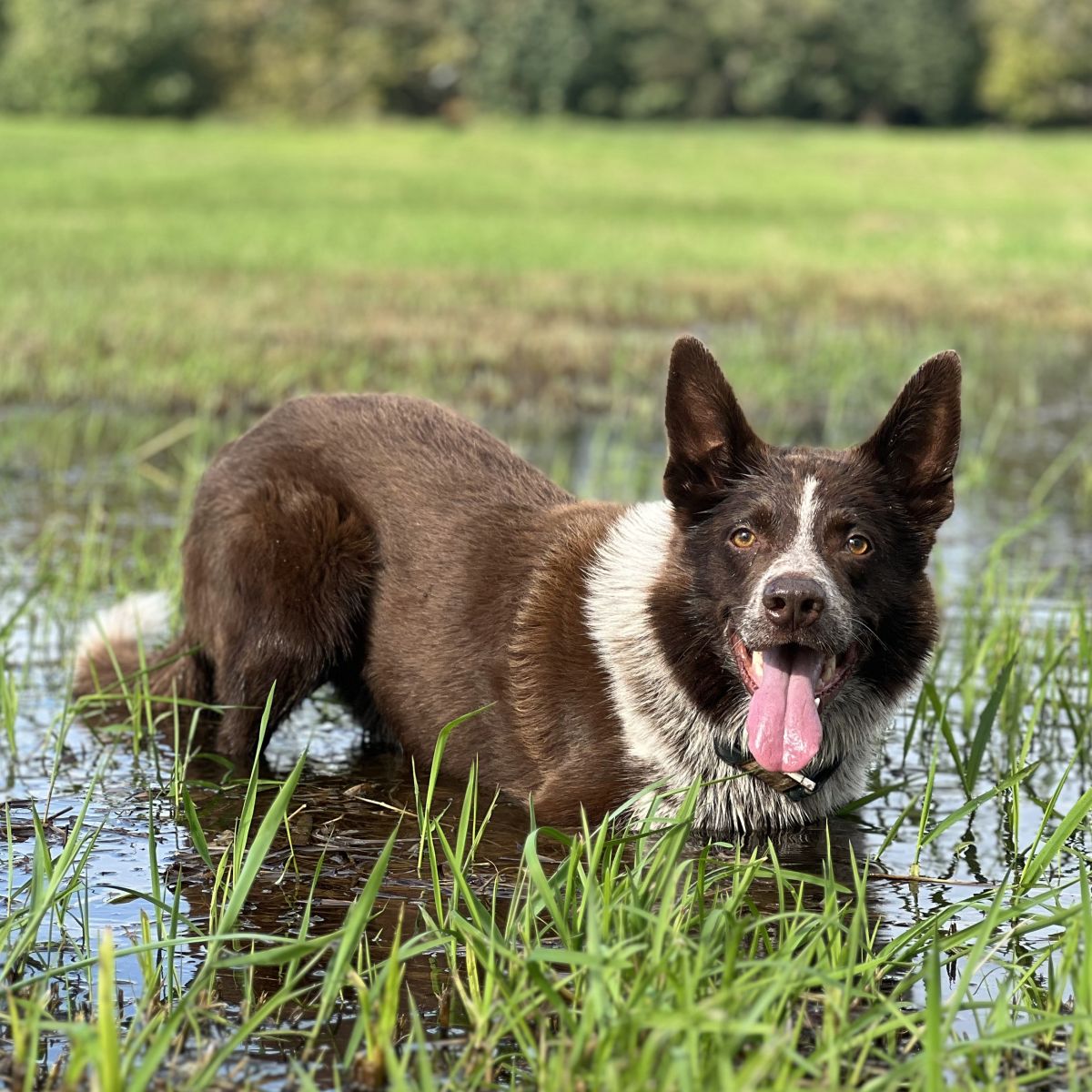
Hi! I’m Steffi. I am a biologist and a big time dog nerd. You are curious about coat color genetics? You’ve come to the right place! Read more.

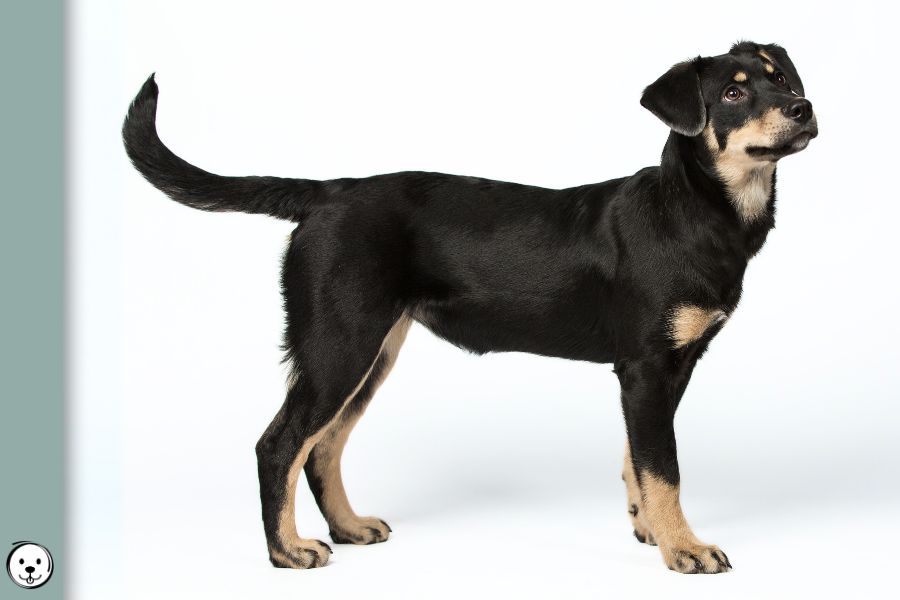
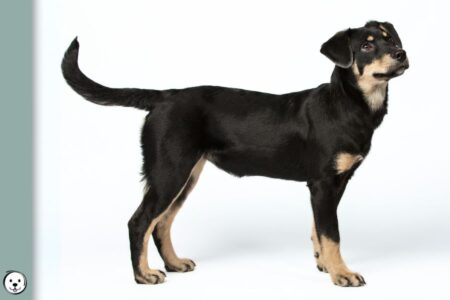
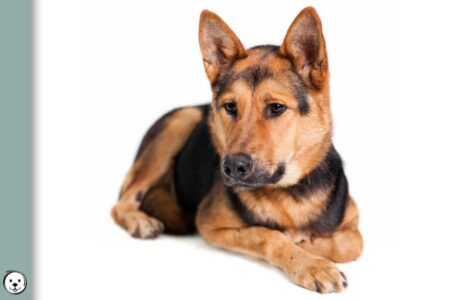

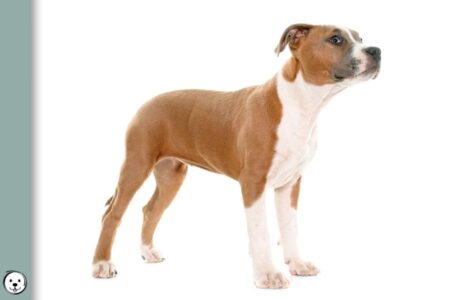
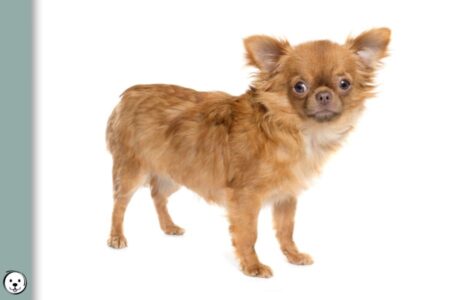
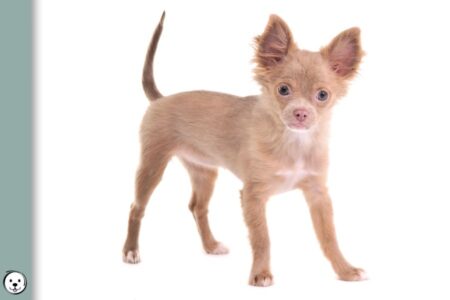
2 thoughts on “Pigment Types: Eumelanin and Phaeomelanin”
Comments are closed.